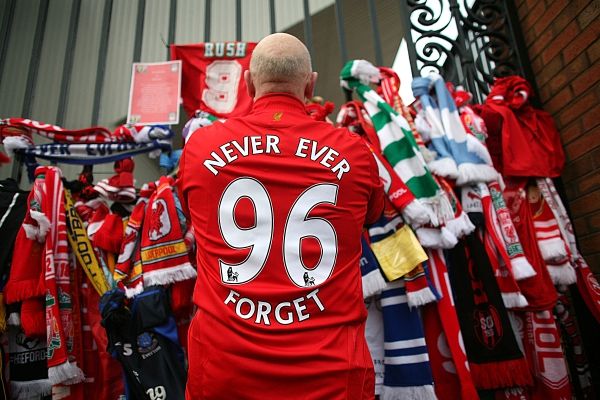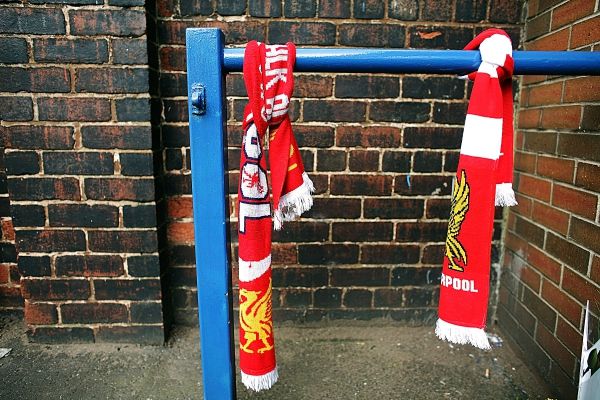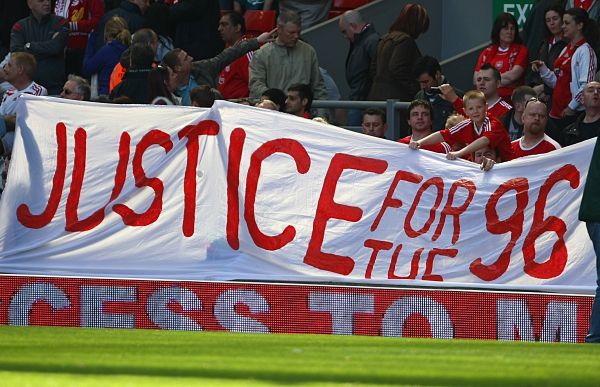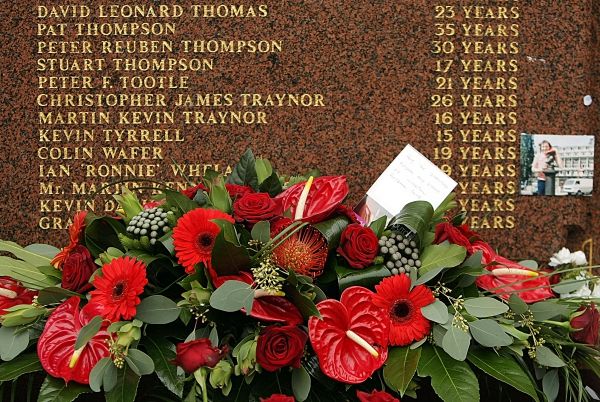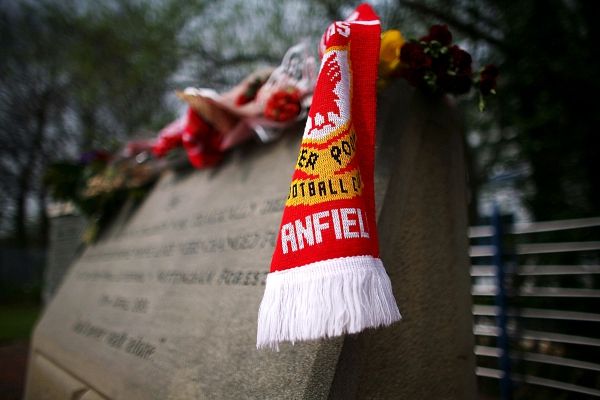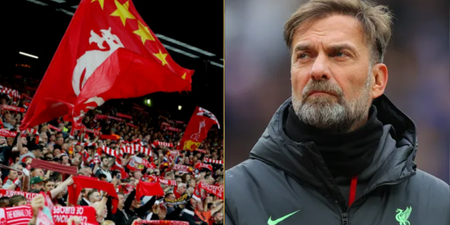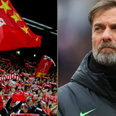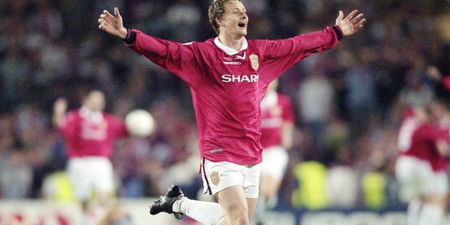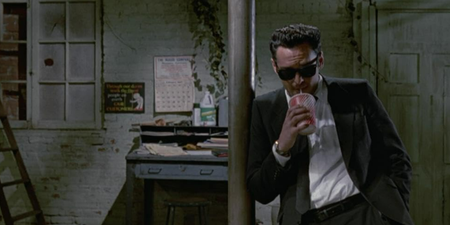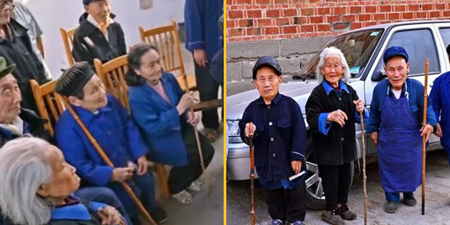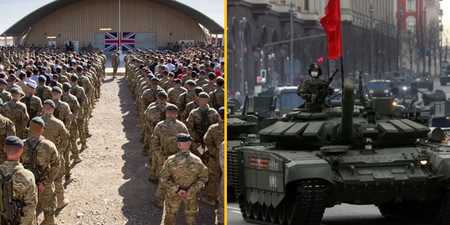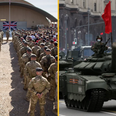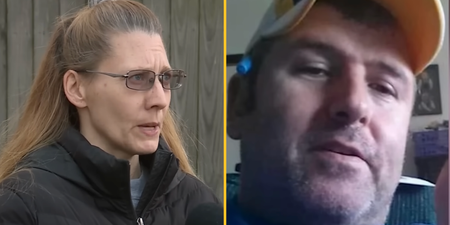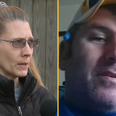The truth was always there, that was the strange thing. It took 27 years for the families to achieve justice, but those who were at Hillsborough on April 15, 1989 knew what had happened. They knew that Liverpool fans had been let down by the police and other authorities, and they knew who was responsible for this darkest of disasters.
The Hillsborough families always knew the truth too. They knew what the inquest jury concluded on Tuesday: that 96 football fans had been unlawfully killed.
Special late edition of the ECHO. Staff privileged to be working today #JFT96 pic.twitter.com/1g2WnTPcLA
— Liverpool Echo (@LivEchonews) April 26, 2016
Most of the facts were established by Lord Justice Taylor 27 years ago. Between the publication of his report, which blamed police management and criticised the South Yorkshire police for trying to blame supporters, and the first inquest, the police, as one of the barristers working at the new inquest put it, “decided to run this cover-up”.
That was their instinct from the outset anyway, At 3.15 pm on April 15th, Chief Superintendent David Duckenfield told Graham Kelly, the secretary of the FA that Liverpool fans had forced opened Gate C, a lie that led to many others and set the tone for the vast and horrendous conspiracy.
Later that day, the South Yorkshire police would have to admit that the police had opened the gate, but the roles had been established by that stage: the fans – alive or dead, young or old – were there to be blamed. This was the story the police would tell to those willing to believe it, while those who resisted began a fight that would last for a generation and consume their lives.
https://twitter.com/mk1969/status/724983370707550208
“That was a terrible lie,” Duckenfield would tell the inquest, “in that everybody knew the truth. The fans knew the truth, that we’d opened the gates, the police officers knew we’d opened the gates.”
In 1989, Duckenfield called for police dogs as back up instead of ambulances as people died because these supporters were to be contained, not cared for. He admitted at the inquest that he was only concerned with crowd trouble. He wasn’t thinking about protection of those supporters as he policed the game.
As the disaster unfolded, police officers assumed they were dealing with a pitch invasion. Fans were troublesome and difficult. Duckenfield had opened the gate without thinking where the thousands who entered would go. They headed for the central pens which were already overcrowded. So be it. “If people want to be squashed, it is up to them,” one officer told the Taylor Inquiry in 1989.
Statements from South Yorkshire police officers to the inquiry were amended without their knowledge to leave out criticism of policing on the day.
The cover-up denied the humanity of the supporters in the most grotesque way. This was a failure of catastrophic proportions which on Tuesday was found to be unlawful killing, but killings that were entirely in keeping with the dehumanisation of football fans in the 1980s.
Hillsborough had problems as far back as 1981 when Spurs played Wolves there in an FA Cup semi-final. 38 people were injured and police moved fans out of the Leppings Lane to avoid fatalities during that game. “Bollocks – nobody would have been killed,” the Sheffield Wednesday chairman said when he heard of the police’s decision.
“People are only interested in football fans when they’re dead,” a Spurs fan wrote in a letter to Liverpool’s secretary Peter Robinson after Hillsborough, as he recalled that game.
It turned out many weren’t really interested in dead football fans either. The treatment of those who lay in the gym at Hillsborough, which had become a temporary morgue, made that clear.
Football fans – dead or alive – could be mistreated and defamed. The police checked the criminal records of those who died to see if they could impugn their reputations.
At its most brutal, the cover up involved checking the alcohol blood levels from those who died, including a 10-year-old boy, to back up the story that “tanked up” supporters had caused the disaster.
This was dismissed by the jury at the inquest, a finding as important as the verdict of unlawful killing, as it was another lie the families and the survivors had to fight every day.
In 1991, the first inquest delivered a finding of accidental death. It refused to hear evidence about the medical response after the 3.15 pm cut-off point as the coroner declared that the 96 had been dead or couldn’t have been revived after that time.
The families fought with extraordinary and heartbreaking determination to overturn this decision. Anne Williams died in 2013, but she lived to see the High Court in London quash the original inquest verdict.
Her 15-year-old son Kevin had been killed – unlawfully killed – at Hillsborough, but Williams discovered that he had been alive shortly before 4pm, when he had opened his eyes and said one word, ‘Mum’.
At the new inquest in Warrington, the families spent weeks providing background statements. They told the stories of their lost fathers, their lost brothers, their lost mothers, their lost daughters and their lost sisters. And, so often, their lost sons.
“The events had never been examined in this detail before,” says James Mehigan, a barrister who worked at the inquest with the legal firm representing 77 of the families at the new hearing.
The inquest sat for more than 300 days, the longest-running legal case heard in front of a jury in Britain. If the families had been mistreated and ignored for 25 years, this hearing would treat them with respect, although the verdict delivered by the jury was the most important thing.
The inquest spent time hearing the statements about the dead from family members and every one was a heartbreaking tale of loss and incomprehension.
Football has changed in the years since Hillsborough, football changed because of Hillsborough, but the families of those who died were condemned to live the same day over and over again.
“My brother’s life was like a book that had a title, an introduction, described the characters, set the scene and then someone ripped out the rest of the pages,” Julie Fallon told the inquest as she recalled the life of her brother Andrew Sefton, who was 23 when he was unlawfully killed.
“An incompleteness that was, for my deceased parents, and continues to be for my own family, the central, longest, most overriding topic of the last 25 years of our lives. We no longer have an inkling of what life without Hillsborough looks like, and ironically neither did my brother.”
The families have fought for justice and the families have died as they fought. “This is the culmination of their campaign of extraordinary doggedness,” Mehigan says. “It’s not the lawyers who achieved it, it’s the families.”
Family and friends sing 'You'll Never Walk Alone' after verdictshttps://t.co/frnL23VVsA
— SportsJOE (@SportsJOEdotie) April 26, 2016
The families were told to accept a version of events they knew to be a lie. They were told it was the truth. They were told their sons and daughters were complicit in their deaths and they fought on to demolish the slanders.
The police called their cover-up “evidence gathering”, but they were helped by an establishment willing to believe all they said about football fans and about Liverpool.
“A real smear was put upon the character of the city,” Mehigan says. It was a smear the jury rejected when they unanimously found that the fans did not contribute to the disaster.
Mehigan has spent two years working at the inquest, watching with admiration as the families fought once more. “They have been an inspirational group of people. It has been extraordinary to see them fight for their families and for their city.”
The families fought for a truth they knew instinctively: they fought because the people they loved had been killed – unlawfully killed – because of the failings of those who were supposed to protect them. They fought when many told them to stop. They fought until finally the world listened and they had justice. But they had always known the truth. Sometimes the bastards cannot grind you down.

